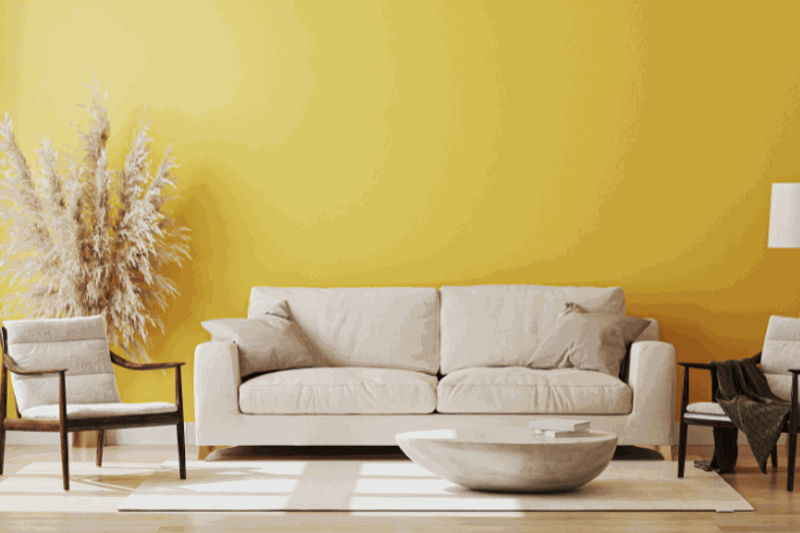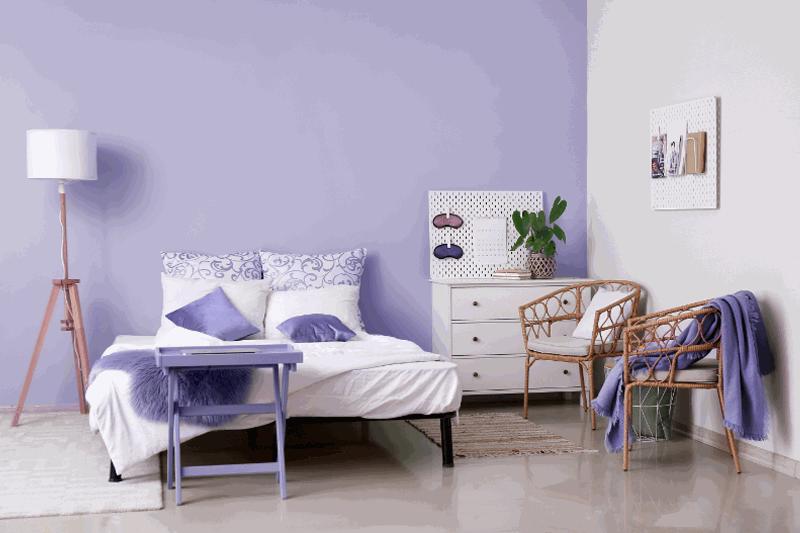Most people would like to revitalize their interior walls with some colorful paint but are too afraid to make the leap from off-white or beige. The homeowner is afraid that a daring color choice may not match their furniture, will be too bright, and have a host of other reasons.
Painting your walls is a basic element of design and can enhance any room for only $50. Your furniture and artwork can take on a new look with a designer flair just by painting your walls.
So, the first question you may ask is how do I choose the right color? Below are some recommendations to help you choose.
The first recommendation is to choose a tinted neutral. Instead of choosing rich, deep colors for your first project, you will likely feel more comfortable with a neutral color such as beige or gray and thus will not date the room or create a jarring palate that you will easily tire of.
At your local home improvement store, you will be faced with a sea of color swatches – hundreds of versions of basic beige and gray to choose from. So before you visit your local paint store, consider these steps in choosing the right color for you.
If you like the feel of a warm and cozy room – think of fireplaces, brown leather, and sunsets – then you’ll want to start with a beige tone.
Now, consider your furniture and accessories. What colors do you see? If you have a lot of black or navy, you may wish to choose beige with orange or pink undertones to keep the look warm. If you have browns or reds in your furniture, select cooler beige with ashy tones to avoid ‘overheating’ your room.
If you prefer a cooler, airy look – chrome, glass, and shades of icy blue – then select gray tones. Some stores will have a ‘true gray’ color swatch which you can use to compare with their designer selections. In comparison, you will notice that each gray has undertones. Some will have blue or lavender tones; others may have green or even a hint of pink.
Using the same guide as stated above, identify the main colors of furniture and accessories in the room. Use green or pink toned grey with cool toned furnishings to avoid it from feeling like an icebox. Use blue or lavender undertones in rooms with warmer colored furnishings.
If you are undecided between beige and gray then the easiest color to work with is green. Keeping it in a muted tone will make it very easy to live with, and will work with most color palates.
Painting your rooms with color will bring a finishing designer touch to your home.
Want to discuss more? Contact our remodeling consultant now.


